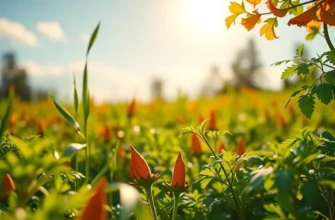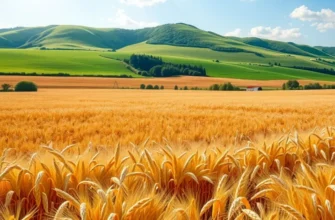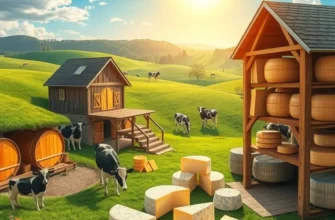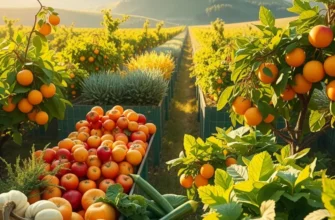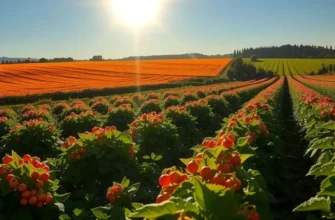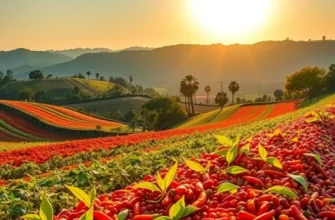From creamy Brie to pungent Roquefort, cheese captivates food enthusiasts worldwide with its diverse flavors and cultural significance. This beloved dairy product not only enhances dishes but also tells stories of local traditions, artisanal practices, and historical influences. Each country has its unique cheese-making methods, often influenced by regional ingredients and climate, forming a savory narrative that connects communities and celebrates their culinary heritage. Embark on a journey through international cheese culture and discover the delightful world of cheese that spans continents and cultures.
The Art of Cheese-Making: Traditions and Techniques
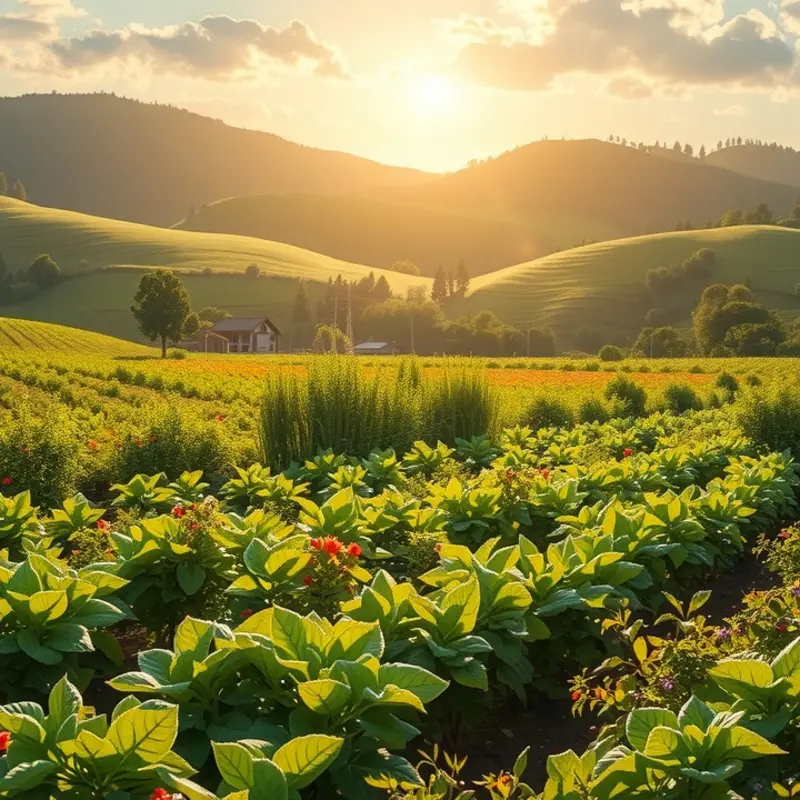
Cheese-making is an age-old craft interwoven with cultural identity and local traditions. Across Europe, cheese represents not only sustenance but also a testament to regional ingenuity. In the pastoral landscapes of France, Roquefort is heralded as the ‘cheese of kings.’ Made in the limestone caves of the Combalou Mountain, this blue-veined cheese owes its distinct flavor to Penicillium roqueforti, a mold unique to the region. French affineurs, or cheese agers, are artists in their own right, meticulously controlling temperature and humidity to coax out flavors over several months.
Meanwhile, in Italy, the creation of Parmigiano-Reggiano is nothing short of a ritual. Crafted in the fertile provinces of Emilia-Romagna, this cheese, often referred to as ‘the king of cheeses,’ begins with local cows grazing on lush grasslands. The result is a cheese with nutty and savory notes, aged for a minimum of 12 months under strict conditions. This cheese is an example of how tradition and terroir shape the final product.
While traditional methods retain their significance, modern cheesemaking is witnessing a renaissance. Artisans are embracing contemporary techniques without forsaking time-tested practices. For instance, the infusion of specific bacteria and molds has become more scientific, contributing to the unique characteristics of new cheese varieties. These advancements allow for both consistency and innovation, making artisanal cheeses more accessible to a global audience.
In the United States, artisans like cheesemaker Jasper Hill Farm are leading a new wave of innovation. They blend traditional European methods with cutting-edge microbiological research. At the same time, innovations in rennet substitutes and plant-based alternatives are catering to evolving dietary preferences. For example, non-dairy probiotics are being explored to create flavors reminiscent of traditional cheeses, thereby expanding the possibilities.
Moreover, as climate change poses challenges to agriculture, sustainable practices in cheese-making are becoming more prevalent. Sustainable cheese production relies on reducing waste and conserving resources, aligning with global movements toward eco-friendly food practices. This resonates with the broader discourse on how food systems evolve in response to environmental imperatives. Explore the intersection of sustainable kitchen practices in this guide to eco-smart storage.
Cheese artisans today are walking a delicate line, merging the wisdom of the past with the dynamism of the present. As the global palate becomes more adventurous, the art of cheese-making continues to evolve, ensuring that while traditions endure, they also inspire new culinary experiences.
Cheese Festivals and Cultural Celebrations

The allure of cheese transcends borders, celebrating rich traditions and local craftsmanship through vibrant festivals worldwide. England’s iconic Cheese Rolling Festival in Gloucestershire exemplifies this jubilant spirit. Every May, brave participants chase a round of Double Gloucester cheese down a steep hill, a spectacle enjoyed by crowds as they savor local cheese varieties like Stilton and Red Leicester.
Across the channel, France hosts the lively Fête de la Tomme, where Alpine regions highlight their cheese-making heritage. This celebration brings communities together to savor the flavors of Tomme de Savoie alongside a feast of traditional pastries and local wines. Such festivals are more than gastronomic indulgence; they bind communities, preserving traditions through shared experiences.
These events not only spotlight distinct regional cheeses but also foster deeper cultural connections. People from diverse backgrounds gather to appreciate the labor and love behind each cheese. These festivals bring alive the stories, history, and resilience of the makers, engaging all senses through taste, aroma, and even music and dance.
Pairing regional wines or brews with these cheeses enhances the celebration. For instance, match Double Gloucester with a light ale for a balanced bitterness, or savor Tomme de Savoie with a crisp white Savoie wine, both enriching the cheese’s nutty and buttery profile.
For the adventurous home cook, festival-inspired cheese dishes offer a taste of this cultural richness. A simple yet delightful recipe is a Stilton and Leek Tart:
Ingredients:
- Pastry for a 9-inch tart
- 2 leeks, thinly sliced
- 1 tablespoon butter
- 150g Stilton cheese, crumbled
- 3 eggs
- 200ml double cream
- Salt and pepper to taste
Instructions:
- Preheat oven to 180°C (350°F).
- Line a tart tin with the pastry and blind bake for 10 minutes.
- Sauté leeks in butter until soft. Spread in the pastry case.
- Scatter Stilton over the leeks.
- Beat eggs with cream, season, and pour over the filling.
- Bake for 25-30 minutes until set and golden.
This tart pairs well with a sparkling wine, enhancing the Stilton’s piquant notes.
For more culinary exploration, explore practical ingredient batching, an excellent resource for incorporating cheese into diverse dishes while minimizing waste.
Cheese festivals not only promote the appreciation of regional flavors but also revitalize cultural heritage. Each festival is a step into a world where cheese paves the path for joy, community, and shared stories, ensuring the legacy of cheese-making endures across generations.
Final words
Cheese is more than just a beloved staple; it is a cultural artifact that reflects the rich heritage of regions worldwide. The variety in cheese flavors and types reveals the distinct agricultural practices, culinary traditions, and even the social fabric of societies. Whether it is through traditional techniques passed down through generations or creative modern innovations, cheese-making connects people with their land and history. By exploring international cheese culture, food enthusiasts can savor not only the diverse tastes of cheese but also the stories that each wheel, block, or wedge carries. Celebrate this global tradition that unites cultures and tantalizes taste buds in endless ways.


